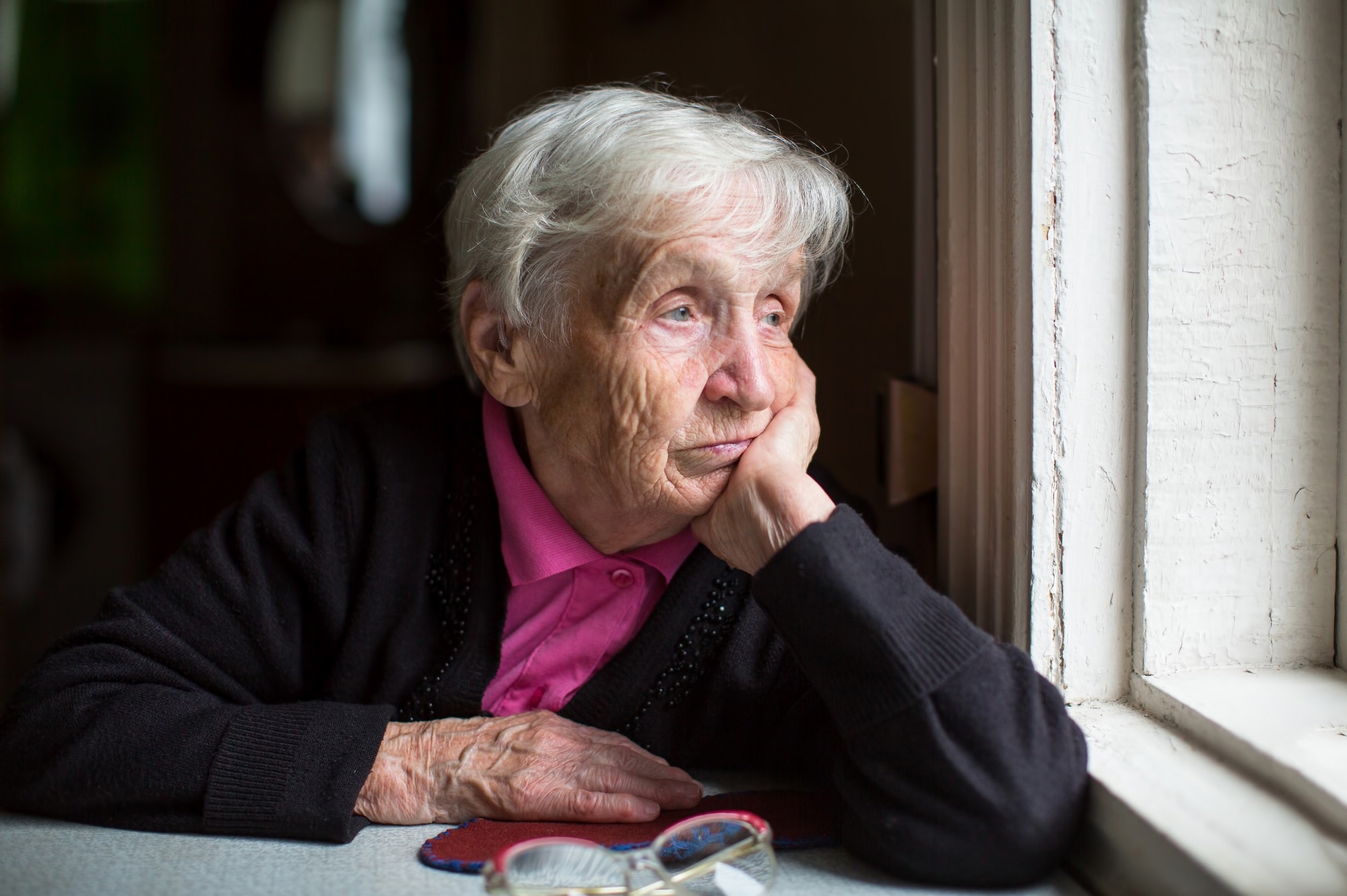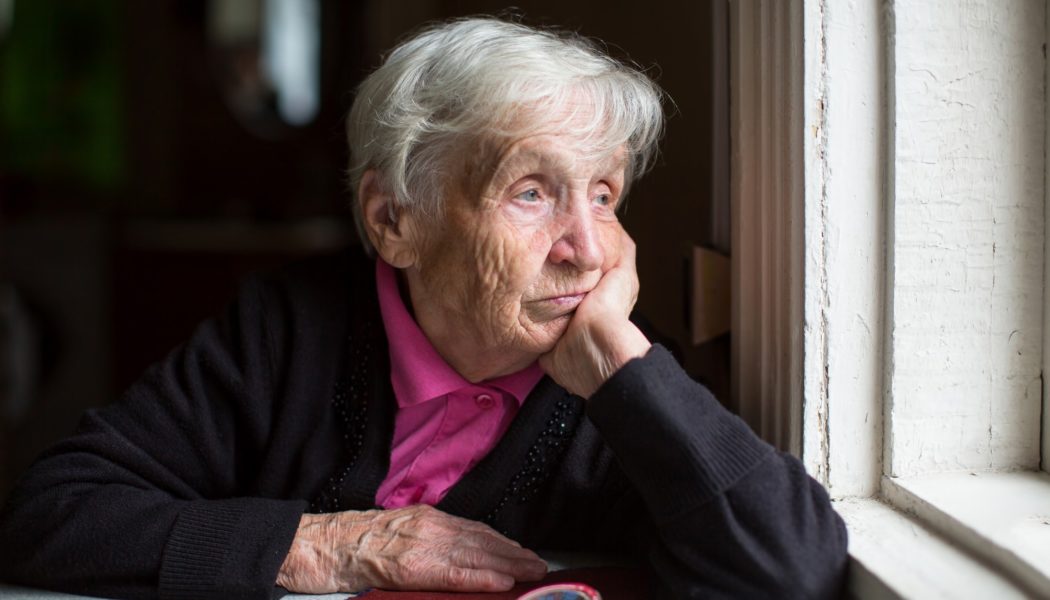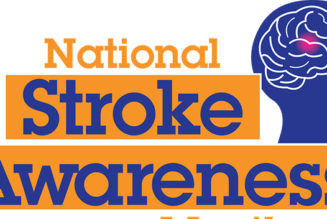A recent study published in the journal BMC Public Health determines the impact of loneliness on healthy life expectancy (HLE) and identifies ways to improve subjective well-being and health in a population of older adults.
 Study: Loneliness shapes disparities in healthy life expectancy: a multi-state analysis from China. Image Credit: De Visu / Shutterstock.com
Study: Loneliness shapes disparities in healthy life expectancy: a multi-state analysis from China. Image Credit: De Visu / Shutterstock.com
Loneliness and health
Loneliness is a feeling of disconnection and dissatisfaction with relationships. Furthermore, loneliness has been identified as a significant and well-studied predictor of mental and physical illness.
Loneliness can activate autonomic nervous responses, thereby leading to chronic stress. Furthermore, loneliness may exacerbate age-related illnesses, as well as increase the risk of cardiovascular disease (CVD), disability, dementia, and frailty. Loneliness may act differently in males and females, with older females who are lonely more likely to be depressed and lose physical functionality.
The rise of urbanization in China has reduced the strength of traditional family relationships and the availability of family support. Older adults in China are at a greater risk of loneliness, with up to 25% currently estimated to experience loneliness.
About the study
The current study used data from the Chinese Longitudinal Healthy Longevity Survey, which included 15,500 participants between 65 and 99 years of age. The survey asked study participants about activities of daily living (ADL) and self-rated health (SRH) as measures of health and well-being.
Rather than assessing the presence of specific conditions, the participants’ health was evaluated using ADL and SRH as parameters. Using HLE rather than prevalence rates for diseases also avoided survival selection bias.
By excluding age structure and integrating both mortality and morbidity, HLE serves as a reliable assessment tool for evaluating the quality of life.”
The current study aimed to identify associations between loneliness and life expectancy (LE) in each age group, HLE, and the expected healthy proportion of the average lifespan.
What did the study show?
The mean age of the participants was 72.9 years. Older women were more likely to be uneducated, have a lower income, lose their spouse, and live alone.
Loneliness was also more prevalent among women than men at 29.5% and 20.2%, respectively. However, about 96% of both men and women were physically active, with 82.5% and 85.3% of men and women considering themselves healthy, respectively.
At one year from baseline, lonely older adults were more likely to become and remain sick than those who were not lonely. Lonely older adults were also more likely to die during this period, regardless of whether they were unhealthy or healthy at baseline.
Lonely people had a lower ADL and SRH. By ADL-based assessment, lonely people were expected to live for 20 more years at age 65 as compared to 23 years for non-lonely people.
Lonely individuals also had an HLE of 16.1 years as compared to 19 years in the non-lonely cohort. When SRH was considered, lonely people were expected to live 15.4 more healthy years as compared to 18 years for non-lonely individuals.
The ADL-based HLE/LE for lonely adults was 87%, compared to 85% for non-lonely adults. This may be attributed to the fact that lonely adults are often more capable of looking after themselves.
ADL results indicated a greater decline among older adults. The decline in HLE/LE for females was 53.6%, compared to 51.7% in non-lonely females between the ages of 65 and 99. Thus, loneliness was associated with a 2% greater deterioration in HLE/LE in older women. Among males, the decline in HLE/LE was 52%, irrespective of the presence of loneliness.
Based on SRH, HLE changed more among lonely older people than among non-lonely people. When assessed by SRH, HLE/LE increased over time for both lonely and non-lonely people.
The HLE/LE ratio for lonely and non-lonely older people at 65 years was 77% and 82%, respectively. The change in HLE/LE was almost identical in both sexes based on SRH. Females were associated with a lower HLE/LE ratio by both parameters, thus suggesting a lower quality of life.
Conclusions
With SRH, HLE/LE was lower despite higher ratios obtained from ADL-based scoring. Thus, the ability to take care of oneself may permit a lonely life with more mental suffering and isolation.
Overall, women had a poorer quality of life and were more readily affected by loneliness. This corroborates the results of previous studies, such as the Health and Retirement Study.
Targeted health promotion interventions are imperative to mitigate these negative impacts, especially among older adult females.”
- Yo, Q,, Ren, Y., and Wu, J. (2024). Loneliness shapes disparities in healthy life expectancy: a multi-state analysis from China. BMC Public Health. doi:10.1186/s12889-024-18975-z.









